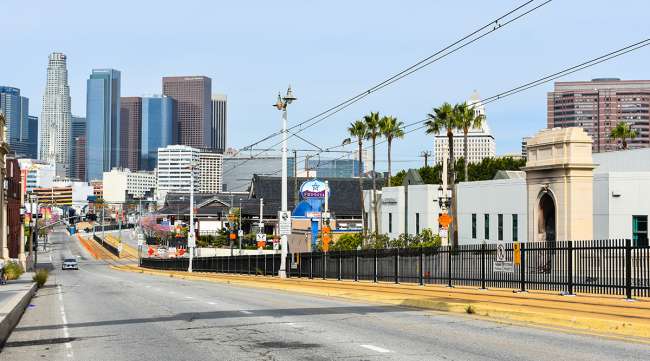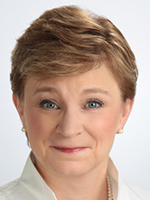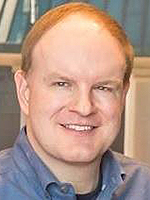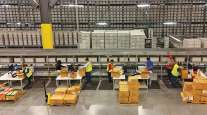Staff Reporter
Emptier Roads Not Resulting in Increase in Safety, Data Says

[Ensure you have all the info you need in these unprecedented times. Subscribe now.]
The COVID-19 pandemic has rendered U.S. roadways emptier and more lethal, according to preliminary data from the National Safety Council.
NSC, which focuses on eliminating the leading causes of preventable injuries and deaths, released estimates indicating that motor vehicle fatality rates rose in May, despite quarantines. Preliminary data for May shows a 23.5% jump in the fatality rate per miles driven compared with figures from the previous year.
The group released the estimates July 21 during a webinar focused on roadway safety during the pandemic. The mileage death rate per 100 million vehicle miles driven was 1.47 in May, an increase from 1.19 recorded in May 2019. Even though the fatality rate jumped, the number of miles driven in May dropped 25.5% compared with levels from the previous year.

Martin
“Unfortunately, the pandemic has exposed our road safety culture for what it is,” said NSC President Lorraine Martin, who participated in the webinar. “We did not reap the safety benefits we should have experienced.”
May marks the third month in a row that road users were at a higher risk of dying from a motor vehicle crash, according to NSC figures. During the two months prior, motor vehicle fatality rates per miles driven increased compared with rates from the previous year. Preliminary data indicates a 36.6% jump in fatality rates per miles driven in April. The mileage death rate per 100 million vehicle miles driven was 1.47 in April, an uptick from 1.08 in 2019. The number of miles driven declined 40% compared with the same period the previous year.
NSC’s preliminary data for March shows a 14% jump in fatality rate per miles driven. The mileage death rate per 100 million vehicle miles driven was 1.22 in March, an increase from 1.07 in March 2019. The number of miles driven dropped 18.6% compared with the same period last year.
Although Martin acknowledged that causation for these rates will remain murky for a while, she suggested that more deserted roadways have led some drivers to operate their vehicles recklessly. Nanda Srinivasan, associate administrator for research and program development at the National Highway Traffic Safety Administration, noted that speeding may be a significant temptation for drivers faced with an empty road. He also said the issues that create dangerous situations outside a pandemic, such as impaired driving and seat belt use, still exist.
“It’s clear that our open roads have created somewhat of an open season for reckless driving,” Martin said.
VIEW THE WEBINAR: Click here
Srinivasan encouraged drivers to remember the fundamentals: avoid speeding, buckle up and drive sober. Jonathan Adkins, executive director of the Governors Highway Safety Association, noted that nearly every crash includes a behavioral aspect, such as speeding or drinking. GHSA is a nonprofit organization that represents state highway safety agencies.
“The No. 1 concern from governors’ highway safety offices is five letters: speed,” Adkins said.
Martin stressed the importance of doubling down on countermeasures that have proved to keep drivers safe, such as regulations pertaining to blood-alcohol concentration, seat belts and motorcycle helmet use.

Adkins
Adkins championed “traffic-calming infrastructure,” which refers to the physical layout of roadways. Certain designs can improve safety for motorists, pedestrians and cyclists. Participating in the webinar from West Virginia, Adkins noted that Charleston recently closed streets to provide greater accessibility for bicyclists and pedestrians.
“Traffic-calming infrastructure is fantastic,” Adkins said. “We’re seeing this across the country, and it’s really encouraging.”
Want more news? Listen to today's daily briefing:
Subscribe: Apple Podcasts | Spotify | Amazon Alexa | Google Assistant | More




